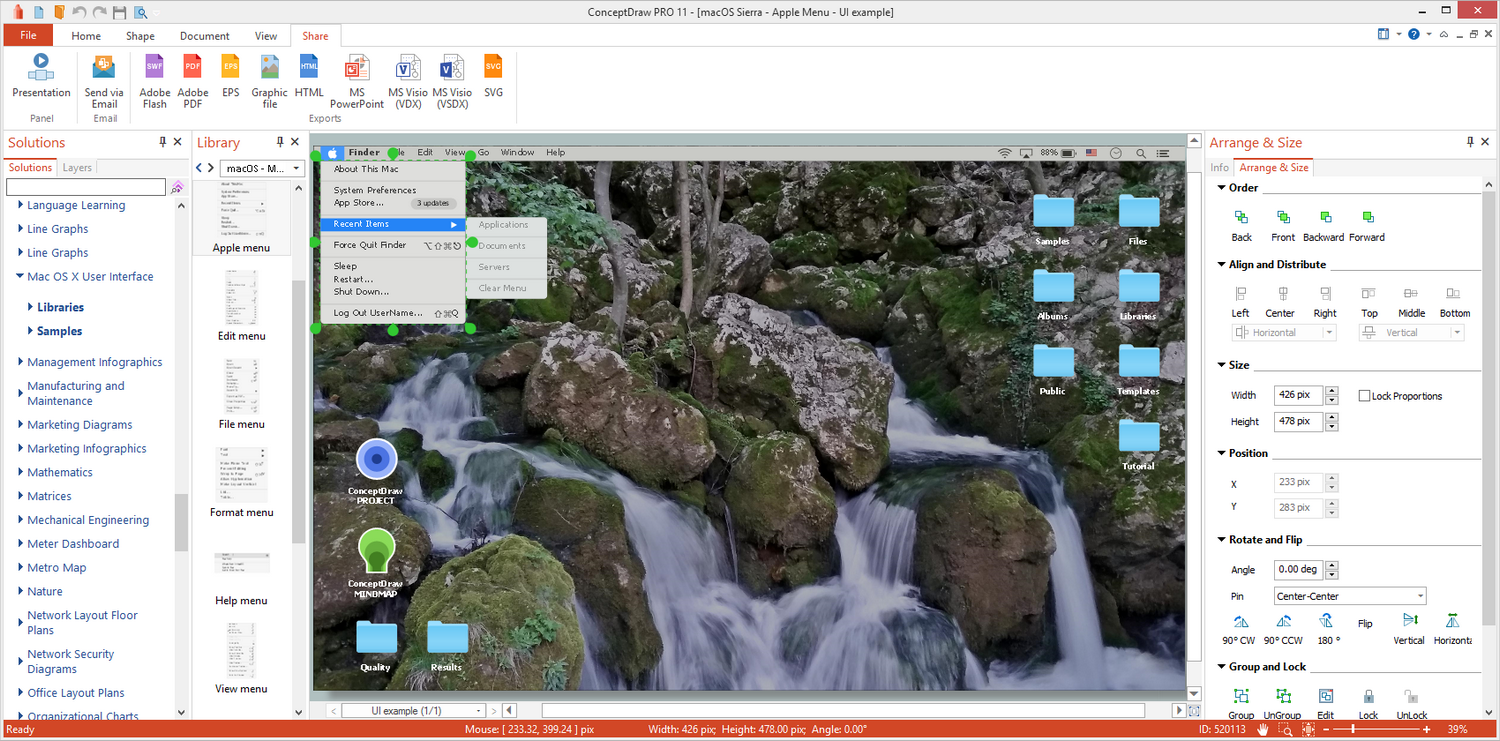
We will come back to this modifier later.

The talkative i3 might ask you as well if mod4 is the modifier you want. We will directly modify this configuration below. Debian / Ubuntu / Lubuntu: sudo apt-get install i3Īfter installing and launching i3, a popup will ask you if you would like to create a configuration automatically.To install i3 itself, simply use your package manager. The free VMWare Player is the best option if you want to take this path. You can use as well virtual machines to install Linux and try i3 on top of Windows, macOS or whatever other OS you have. It will be easier for you to focus on i3 itself, instead of struggling with a new Linux distribution. I personally use i3 on Arch Linux and I would recommend using a Linux distribution you know before trying i3. If you use another distribution, you might have to do some minor configuration. Using Lubuntu with i3, for example, is pretty straightforward: the option to log in with i3 will be given automatically after install. Depending on your distribution, it will be more or less easy. If you already have a Linux distribution installed and you want to try i3, you might be able to do it on top of your actual desktop. Learn why using i3 can be very efficient.įirst things first: i3 is only available for Linux.You just need to try for enough time to be convinced.


Trust me, if your fingers don't have to leave your keyboard, your happiness will go through the roof. "But I love my mouse!" you might think, while sadness assault your heart. It will give you an amazing flexibility and a total control on your system, without even using the mouse! More precisely, I will show you how i3 windows manager (i3wm) works. I will present you today an alternative to a desktop environment: a window manager. Indeed, thanks to the terminal, a developer have already access to a tool powerful enough for him to do most of his work, without the need of a full blown desktop. If you use the terminal pretty often (and you should), a desktop environment might be useless for you, even if you don't even realize it. However, everybody has different needs and aspirations when using a computer, and it's even more true for us, developers. These desktops are meant to be used by everybody. It's basically a set of icons, windows, toolbars, widgets, wallpaper and other functionalities which give to the users "easy" ways to do what they want. Many Linux distributions, and many Operating Systems (OS) in general, like Windows or macOS, have their own desktop environment. You thought that having icons everywhere on your desktop with a beautiful start menu was the better and only way to interact with your computer? This blog post was originally published at The Valuable Dev. I'm currently writing a book to build your own Mouseless Development Environment, where I explain how to combine powerful tools to improve and customize your development worklow.


 0 kommentar(er)
0 kommentar(er)
